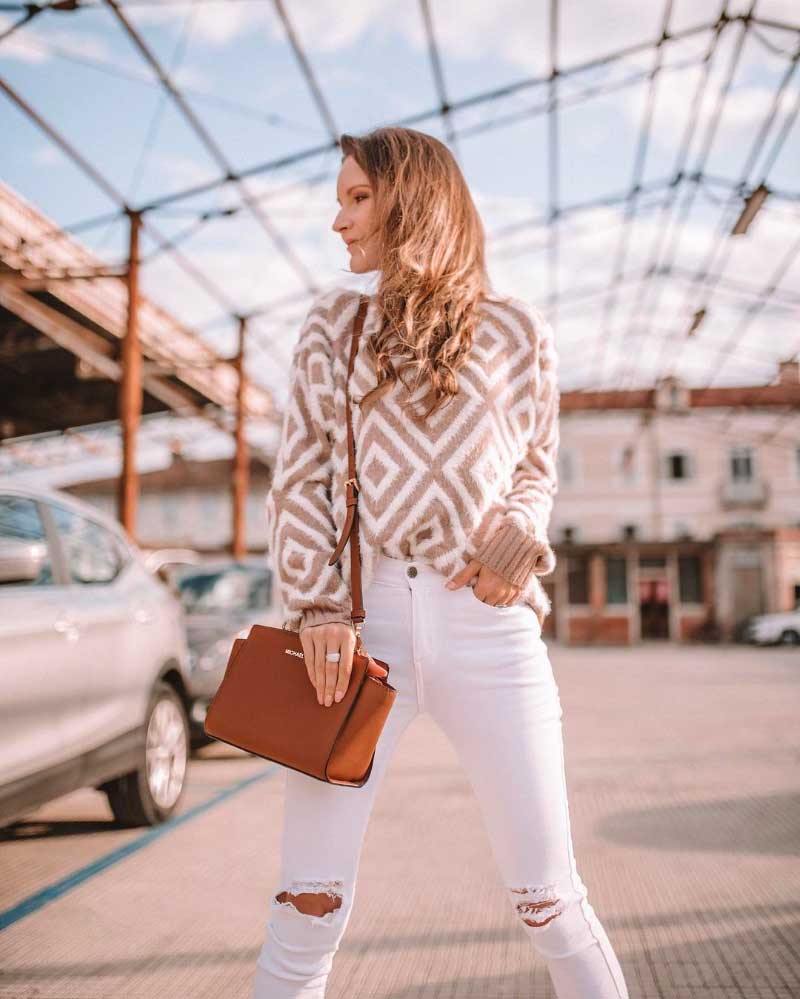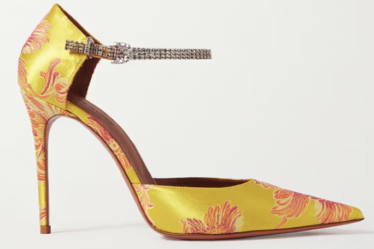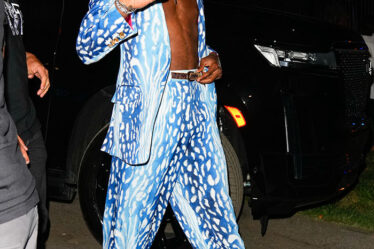
Fashion neutrals are colors that can go with anything and are essential for building any petite woman’s wardrobe. Fashion neutrals are colors such as white, grays, putty, sand, ivory, navy, and tan. These timeless colors form the basis of any wardrobe and can be lightened or darkened with white or black to create a neutral hue. A minimalist wardrobe typically consists of only neutral colors, and wearing head-to-toe neutrals can be done by following three simple rules.
However, just because these hues can go with any other color, that doesn’t mean that every fashion neutral will look good on any woman, so it’s important, especially for petite women, to identify those fashion-neutral colors that work best.
Why “especially for petite women“? Because even a few extra pounds on a petite woman are noticeable, and most of us want to look thinner if possible. As a bonus, when we look thinner, we also look taller.
So which colors are considered fashion neutrals? Fashion neutrals fall into one of the following three categories: basic neutrals, metallic neutrals, and patterned neutrals.
Basic Neutral Colors in Fashion
The category of basic neutral colors includes the following colors, as well as their tints and shades:
- navy
- black
- gray
- brown
- khaki
- white
Neutrals are made up of both tints (hues with added white) and shades (hues with added black). For instance, grays in various lightness levels like light, medium, and dark charcoal, as well as hues like putty, sand, ivory, medium navy, and tan, can all be considered neutral fashion colors.
Metallic Neutral Colors in Fashion
Fashion neutrals also include true metal colors, such as:
- gold
- silver
- copper
- gunmetal
- bronze
- pewter
It’s important to note that the metallic colors that are considered fashion neutrals are based on actual metals, not colors like red or blue that have been given a metallic finish or appearance.
These metallic neutrals are usually used in jewelry, but they can also be used in shoes or handbags.
On rare occasions, they may be used to make clothes like a silver shimmer gown or a gold sequin top, usually for special occasions or holidays.
Patterned Neutral Colors in Fashion
The following patterns are considered “patterned neutrals” when they are mostly done in neutral colors:
- Glen plaid
- pinstripes
- tweeds
- tiny checks
Although patterned hues are not made up of just one neutral color like the basic neutrals, they are similar enough to neutrals that they can be considered as such in the fashion industry.
Do Neutral Colors Really Go with Anything?
Although neutral colors go with everything, some look better with certain items than others. For instance, a black jacket or sweater would be the most suitable option when you want a jacket to pair with a dress that features a colorful print on a black background.
A tan jacket wouldn’t have the same impact. On the other hand, if you want to wear a sweater with a red dress, any of the neutral colors would be fine.
Although I probably wouldn’t wear more than two fashion-neutral colors in the same outfit, neutrals can certainly be worn together; for example, high-contrast white and navy or white and black look great together and have a sharp, crisp look that’s especially appropriate for spring and summer.
Likewise, tan and white could make a good color combination that seems especially good for warm-weather wear.
Combinations of less common neutrals can also be used and can be seen in high fashion, such as the pairing of black with brown or black with navy.
How to Wear Neutrals
To wear fashion neutrals, one can create a monochromatic look, add patterns or textures to keep the look from being boring, or pair neutrals with a fun pop of color. Timeless neutrals such as navy, cream, and black are great for creating wide-leg pants and other structured pieces. To avoid looking dull, consider adding texture or pattern to the outfit.
What are Fashion Neutrals
Neutral colors typically include black, gray, brown, beige, cream, ivory, olive, and dark tobacco. These colors can be worn together to create a stylish look, but adding texture or a hint of hue can help avoid a dull appearance. Warm neutrals such as beige, tan, gold, and cream are best for those with warm skin tones.
Using Neutral Colors to Build a Wardrobe
An easy way to build a wardrobe is to select one to three fashion-neutral colors that you like and that look good on you, and then begin assembling some fashion basics in these neutral colors. It’s a good idea to have the following items in the fashion-neutral colors that you have chosen:
- jacket
- sweater
- skirt
- pants
- jeans
When selecting your neutral core colors, keep in mind that dark fabrics recede and make the wearer look thinner, and light fabrics advance and make the wearer look bigger.
That’s the reason that I’m much fonder of dark neutrals than lighter ones. The two neutral colors that I rely on repeatedly are black and navy. Almost all my fall and winter clothing will go well with either black, navy, or both.
In the summer, I still wear some black and navy, although not as much as during the fall and winter, and I also add a bit of white and light tan to the mix.



